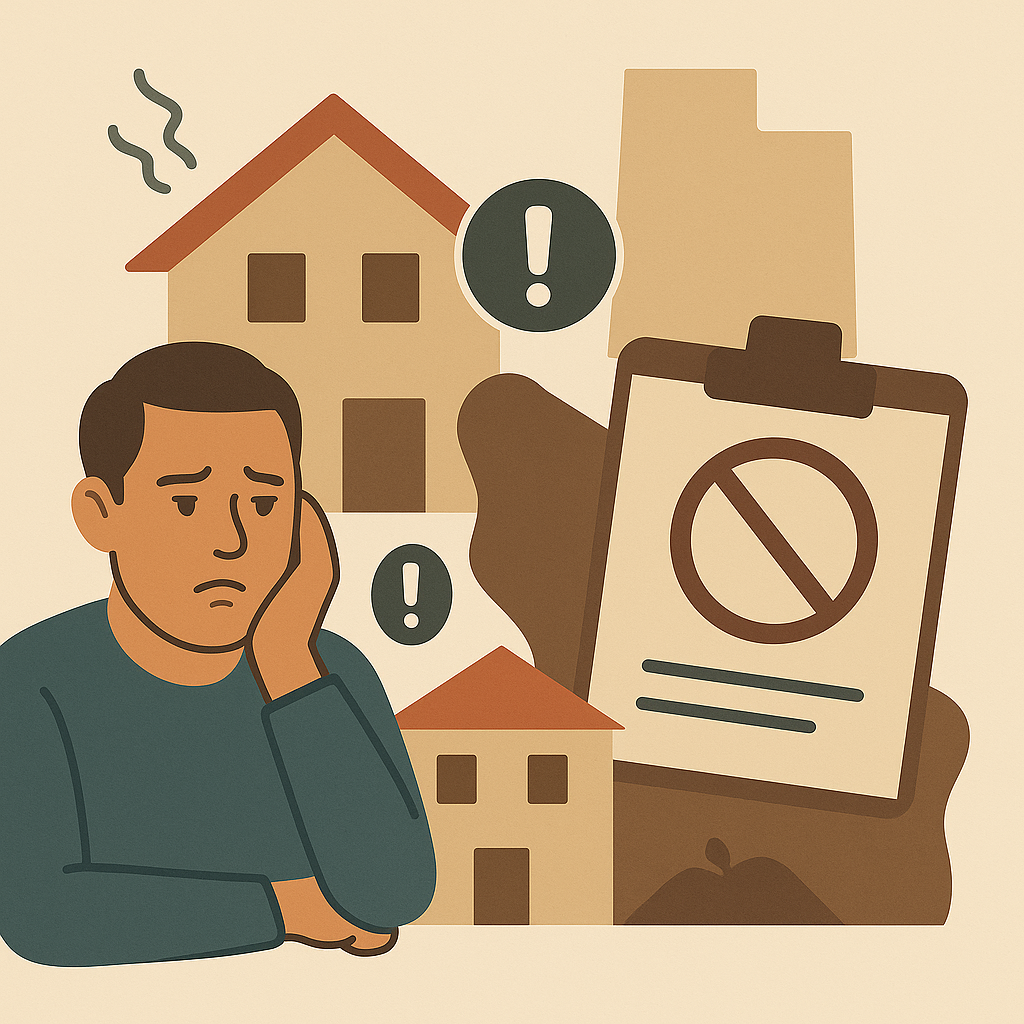What do I do if my landlord will not make repairs in Utah? A step-by-step process that actually works
How to use Utah’s habitability rules, give proper notice, document issues, and escalate with mediation or court if needed
If your landlord in Utah will not make repairs, you are not stuck. State law gives you a process, but you have to follow it. This is not about angry texts or withholding rent on your own. It is about building a clean paper trail and using the right steps so you can get the repair done or seek remedies.
Below is a simple framework using a real case study. You will see what counts as habitability, how to write and deliver the notice, what evidence to collect, why repair-and-deduct is risky, and when to use mediation or small claims court.
This is legal information, not legal advice. If you are unsure, speak with a Utah attorney for guidance on your specific facts.
Case Study: Maria’s Broken Furnace
Maria rented a two-bedroom apartment in Salt Lake City. In January the furnace failed. She texted twice and got no answer. Nights dipped into the teens and she relied on space heaters. After a week, she switched to a formal process.
The problem
No heat in winter made the unit unsafe and uninhabitable. Heat is a core requirement under Utah’s habitability rules.
The pivot
She stopped texting and prepared a written notice with a short deadline. She mailed it certified so delivery could be proven.
The documentation
She kept photos, dates, weather screenshots, copies of texts, her letter, and the mail receipt. Everything went in a folder.
The escalation
When the landlord did not respond, she contacted a housing mediation service. If needed she was prepared to file small claims.
Step 1 – Know the Habitability Standard
Utah requires landlords to keep rentals habitable, safe, sanitary, and fit to live in. Heat in winter, working plumbing, safe electrical, and freedom from serious infestations are typical habitability issues. Minor cosmetic items like chipped paint usually do not qualify.
Maria’s issue was not minor. Without heat, the unit was unsafe.
Step 2 – Give Written Notice
Texts are not enough. Send a signed and dated letter that clearly identifies the problem, the address, and a reasonable fix-by date. Use certified mail, email with delivery confirmation, or hand delivery with a witness. For urgent issues, 3 to 10 days is common.
Template language: “I am notifying you that the furnace at [address] is not working. This makes the property unsafe and uninhabitable. Please repair within 5 days.”
Step 3 – Collect Evidence
Treat this like a small case file. Take dated photos and short video. Save messages and letters. Keep delivery receipts. Capture objective proof like weather screenshots or temperature logs. Note any out-of-pocket costs.
- Photos or video of the issue and impact
- Copies of notices and replies
- Receipts for interim costs like heaters or hotel nights
- Witness statements if others observed the problem
Step 4 – Be Careful With Repair-and-Deduct
Repair-and-deduct can be risky in Utah. If you do not follow the law exactly, your landlord could treat the deduction as nonpayment and move to evict. Unless it is a clear emergency and you have checked the Utah Fit Premises Act, speak with a lawyer before using this route.
Step 5 – Mediation and Court Options
Mediation is a lower-cost way to push action. If that fails, small claims can seek damages like extra heating costs or temporary lodging. Courts look for three things: written notice, reasonable time to fix, and solid documentation. Maria had all three, which made her position strong.
Tip: Bring printed copies of your letter, proof of delivery, photos, receipts, and a short timeline of events.
Video and Social Resources
Key Takeaways
Habitability covers essential services like heat, plumbing, electrical safety, and severe infestations. Cosmetic issues usually do not qualify.
Always send a written notice with a short deadline and proof of delivery. Keep a clean file with photos and receipts.
Use mediation to push action. For damages, small claims is an option. Be cautious with repair-and-deduct in Utah.
This page is legal information, not legal advice. Speak with a Utah attorney for your specific situation.
Next Step
Start your paper trail now. Send a proper notice, collect evidence, and set a reasonable deadline. If there is no response, try mediation or consider small claims.
Talk to a Utah Tenant LawyerA short consult can help you avoid mistakes and choose the strongest next move for your repair issue.
